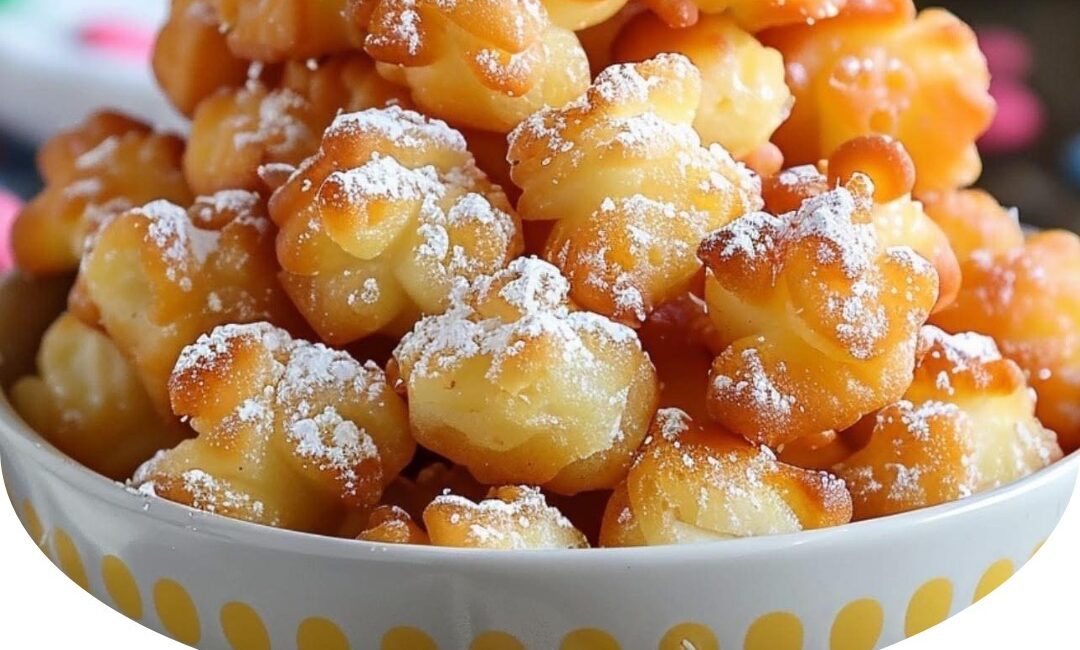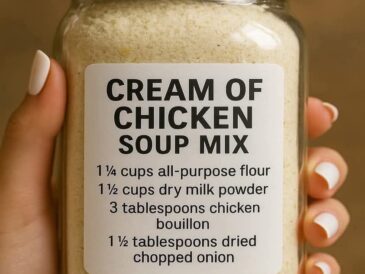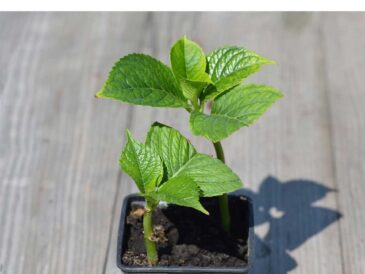Funnel cakes are one of the most iconic fair treats in the world, beloved by children and adults alike for their crispy, sugary exterior and soft, pillowy interior. The origins of funnel cakes date back centuries, and their modern-day version has become a staple at carnivals, fairs, and amusement parks across the globe. Whether you’re reminiscing about a visit to your local fair or looking to recreate that nostalgic feeling at home, funnel cake bites are a perfect way to bring the fun and deliciousness of this classic treat into your kitchen. With their irresistible sweetness, light texture, and crispy crunch, these bite-sized funnel cakes are sure to delight your family and friends.
In this article, we will take a deep dive into the world of funnel cake bites—exploring their history, how to make them from scratch, variations, tips, tricks, and everything you need to know about making these fried treats in the comfort of your own home.
The History of Funnel Cake
Funnel cakes have a long and fascinating history that stretches back to ancient Europe. The first recorded mention of a version of funnel cakes dates back to the 12th century in Italy, where they were known as frittelle. These early versions were not too different from the modern funnel cakes we know today, consisting of dough fried in oil and topped with sugar.
The name “funnel cake” likely comes from the method of cooking the dough, which is funneled into hot oil using a special funnel-shaped device. This results in the signature lacy pattern and crispy texture that we all recognize. Over the centuries, funnel cakes spread to different regions, evolving and adapting to the tastes of various cultures. The treat made its way to America via European settlers in the 18th century, where it was served at festivals and fairs, particularly in Pennsylvania Dutch communities.
In the United States, funnel cakes became synonymous with summer fairs and carnivals. With their portability and ease of preparation, they were the perfect food for outdoor events where people were on the go and looking for a quick, delicious snack. Over time, funnel cakes have remained a beloved treat, especially during events like the State Fair, carnivals, and amusement parks.
What Makes Funnel Cake Bites Different?
While traditional funnel cakes are made by pouring a thin batter into hot oil in circular patterns to create large, flat cakes, funnel cake bites are smaller, bite-sized versions of the original treat. These miniature versions retain all the same deliciousness of the classic funnel cake but are easier to share and enjoy without the mess of cutting or breaking off pieces. Funnel cake bites are typically made by frying small spoonfuls of batter, which results in crisp, golden-brown nuggets that are perfect for snacking.
Making funnel cake bites at home gives you the flexibility to adjust the recipe to your preferences. Whether you want them extra crispy, dusted with a generous amount of powdered sugar, or even drizzled with chocolate syrup, funnel cake bites offer endless opportunities for customization.
Ingredients for Funnel Cake Bites
To make funnel cake bites, you’ll need just a few simple ingredients that are likely already in your kitchen. Here’s the list of the basic ingredients you’ll need:
1 ½ cups all-purpose flour
All-purpose flour is the base of the funnel cake batter. It provides structure and helps create a light, crispy texture. If you’re looking to make gluten-free funnel cake bites, you can substitute the all-purpose flour with a gluten-free flour blend.
2 tablespoons granulated sugar
Sugar sweetens the batter and contributes to the crispy texture of the fried dough. It also helps the funnel cake bites achieve their golden color.
1 teaspoon baking powder
Baking powder helps the batter rise slightly, resulting in a fluffier texture. Without it, your funnel cake bites may turn out dense and heavy.
½ teaspoon salt
A pinch of salt is essential to balance out the sweetness of the sugar. It also enhances the flavor of the funnel cake.
1 teaspoon vanilla extract
Vanilla extract adds a warm, aromatic flavor that complements the sweetness of the funnel cake. You can also experiment with other extracts, such as almond or hazelnut, for a unique twist.
1 large egg
The egg helps bind the ingredients together and contributes to the structure and texture of the batter. It also adds a bit of richness to the funnel cake bites.
¾ cup milk
Milk adds moisture to the batter, ensuring that it has the right consistency for frying. It also contributes to the soft interior of the funnel cake bites.
½ cup water
Water helps to thin the batter to the perfect consistency, allowing it to fry properly. You can adjust the amount of water to achieve the desired batter thickness.
Vegetable oil (for frying)
Vegetable oil is used to fry the funnel cake bites. You need enough oil to submerge the batter completely, ensuring that the bites cook evenly and become golden and crispy.
Powdered sugar (for dusting)
Powdered sugar is the classic topping for funnel cakes. It adds sweetness and a delicate touch of decoration to the crispy bites.
Step-by-Step Instructions for Funnel Cake Bites
Now that we have our ingredients, let’s walk through the process of making these delicious funnel cake bites. Don’t worry—this recipe is straightforward and easy to follow. With a little practice, you’ll be making perfect funnel cake bites every time.
Click page 2 for more




